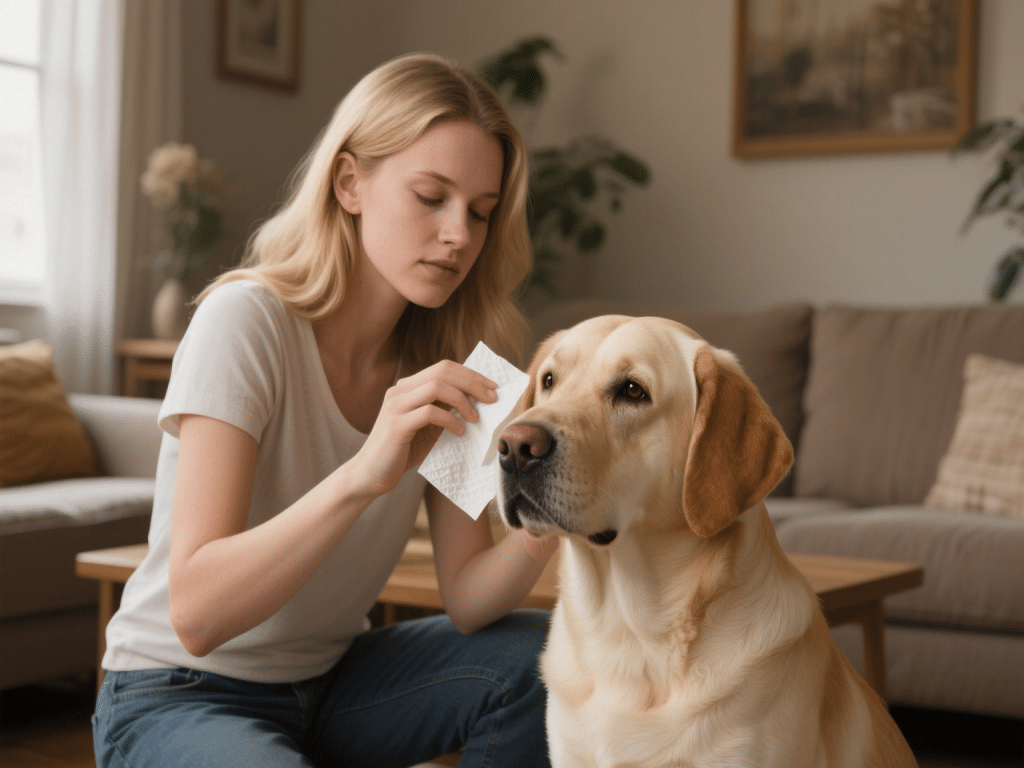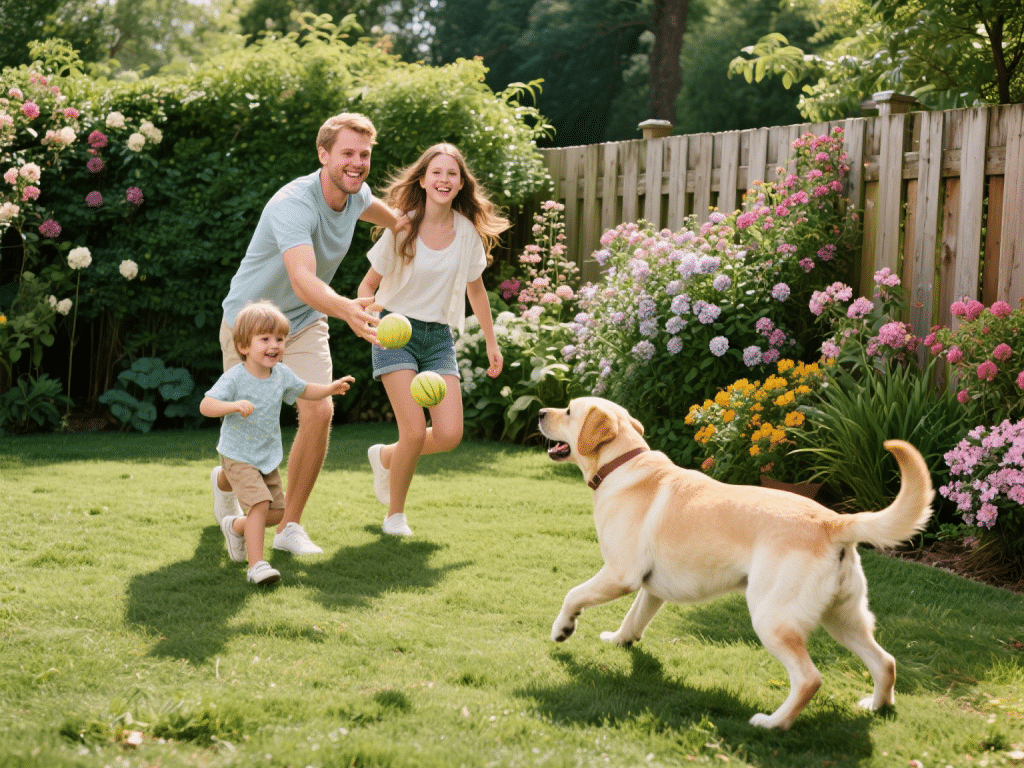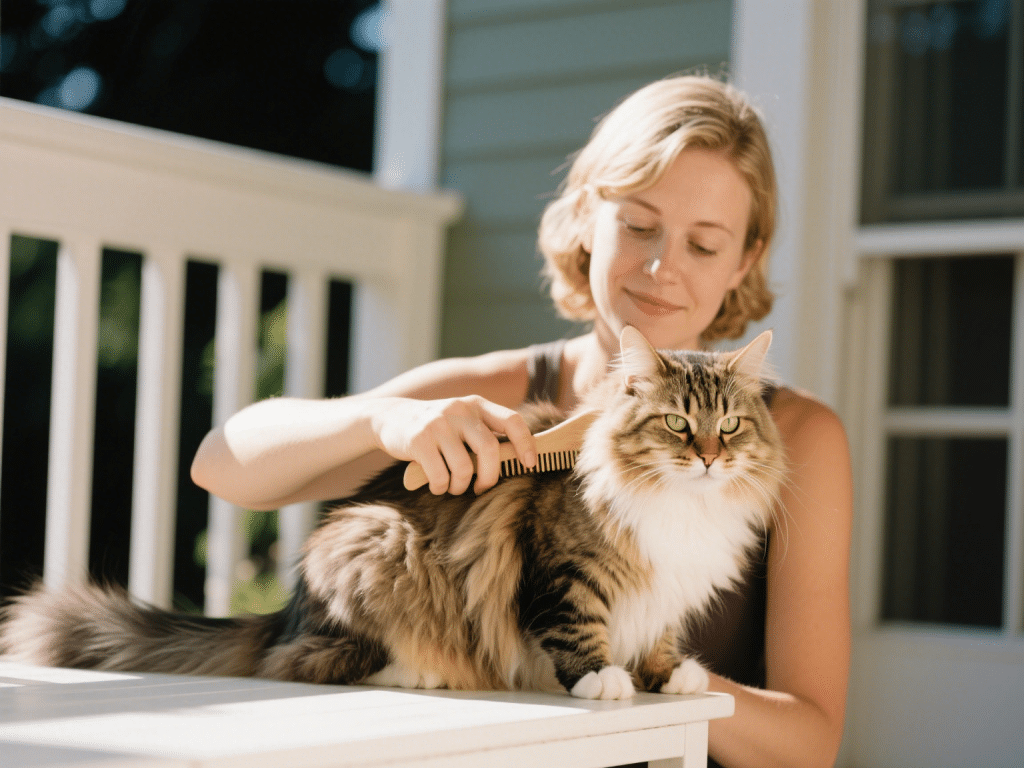
As our faithful companions age, arthritis can gradually erode their quality of life. Having cared for dozens of senior dogs both at home and in clinical settings, I’ve learned that early detection and compassionate management can make all the difference. In this article, I’ll share in-depth strategies—rooted in my years as a pet-health blogger and volunteer at a canine rehabilitation center—that empower you to keep your senior dog comfortable, active, and joyful.
1. Recognize the Early Signs
Even subtle changes—hesitation climbing stairs, stiffness after rest, or reluctance to jump—may herald osteoarthritis. Observe your dog’s gait, posture, and behavior daily. Take notes on mobility patterns to discuss with your veterinarian during check-ups.
2. Optimize Nutrition
A nutrient-dense diet enriched with omega-3 fatty acids (fish oil), glucosamine, and chondroitin can support joint cartilage. I recommend brands with transparent sourcing and no artificial fillers. Tailor caloric intake to avoid weight gain, which stresses arthritic joints.
3. Introduce Low-Impact Exercise
Gentle daily walks on soft surfaces—grass or rubberized mats—help maintain muscle tone without jolting inflamed joints. Swimming is a fantastic, low-impact activity; many community pools offer canine swim sessions. Always warm up with a brief leash stroll before pool time.
4. Provide Supportive Bedding
Memory-foam beds with bolstered edges relieve pressure points and help your dog settle more easily. I’ve seen senior labs who once refused to lie down happily stretch out contentedly on orthopedic mattresses.
5. Explore Physical Therapy
Certified canine rehabilitation therapists use techniques like therapeutic ultrasound, cold laser, and massage to reduce pain and improve joint function. Even at home, gentle range-of-motion exercises—rotating each leg calmly—can preserve flexibility. I demonstrate these on my personal blog video series.
6. Utilize Joint Supplements and Medications
Under veterinary guidance, non-steroidal anti-inflammatories (NSAIDs) can be life-changing. Always follow dosing instructions and monitor for side effects. Supplements like green-lipped mussel extract have anti-inflammatory properties; I’ve personally witnessed improved spring in stride after six weeks of consistent use.
7. Modify the Home Environment
Install dog ramps or steps so your pet can access favorite couches or cars without strain. Place non-slip rugs on hardwood floors to prevent slipping, and consider raising food and water bowls to chest height to reduce stooping.
8. Maintain Regular Veterinary Check-Ups
Bi-annual wellness exams allow early adjustments to treatment plans. Request gait analysis and joint X-rays to track progression. Open communication ensures your dog’s care evolves with their needs.
9. Monitor Pain and Quality of Life
Keep a simple journal rating mobility and pain (1–10 scale) after each major activity. Share these notes with your vet to fine-tune interventions. Celebrate good days—there’s joy in watching your senior companion chase a ball with renewed enthusiasm.
10. Emotional Support and Bonding
Above all, give extra affection: gentle brushing sessions, short smile-inducing playtimes, and quiet cuddles. Your presence reassures them that, arthritis or not, they remain cherished family members.
By integrating these gentle care strategies, you’ll uphold your senior dog’s dignity and vitality well into their golden years. Remember, every dog is unique—what works best is a personalized blend of these approaches, refined through observation and love.










